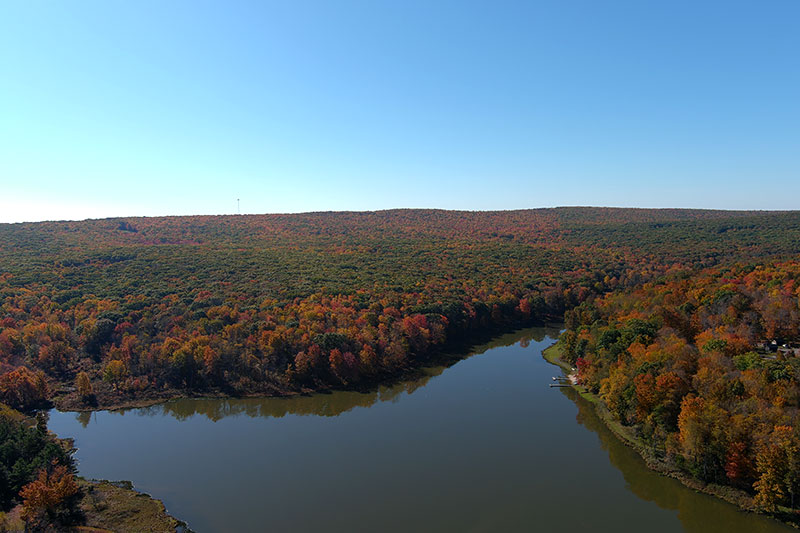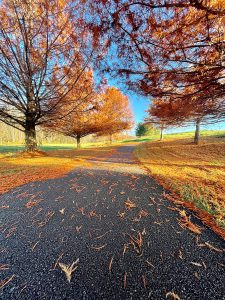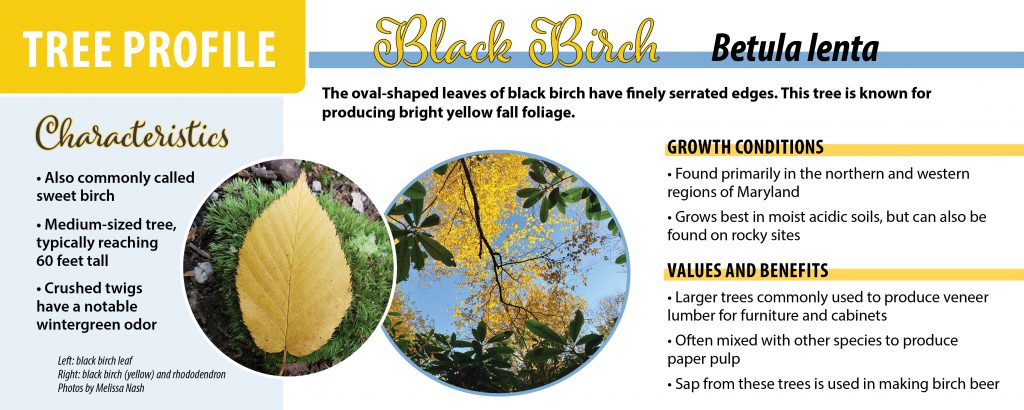Western Maryland the week of October 13 – Photo by Melissa Nash
“Autumn doesn’t always promise that winter will come, but she works hard until every colored leaf has reached its destination.”
Terri Guillemets
Fall 2022: A Year for the Leaf Peepers
Although some trees in the southern and eastern parts of our state still proudly display bright clusters of orange and red, the majority of the leaves have fallen, with colder temperatures, occasional gusty winds, and rain showers closing out our autumn season.
|
Maryland Soccerplex Boyds, Montgomery County |
Bohemia River State Park, Cecil County |
The cooler nights that we’ve come to expect this time of year are a key component of the weather conditions that benefit our foliage in the beginning of the season. In late September and throughout October, much of Maryland experienced cooler nights combined with warm days. Preceded by healthy doses of rain, sun-filled days and crisp nights provide ideal conditions for colorful leaf changes. Cooler temperatures close the veins of the leaves, keeping powerful – and colorful – sugars inside. These sugars are warmed by the sun during fall’s best days, spurring on rich hues of gold, orange and red. As a result of these ideal fall foliage conditions, the leaf peppers got quite a show this year, from the mountainous regions of Western Maryland to the coastal forests and parks of our south.
What to Expect from Winter in Maryland: Let it Snow, Let it Snow, Let it Snow
Kids (and some adults) rejoice! Although winter temperatures will be below normal, precipitation and snowfall will be above normal, according to the Almanac. The coldest periods will be in early December, early and late January, and most of February. The snowiest periods will be in early to mid-January, late January, and late February.
Pro Tip: What should I know about selecting firewood?
Many people prefer to heat their homes with wood, and for good reason. Wood gives a rich, dry heat that seems to warm you from the inside out. Many also prefer the dancing flame of the fire itself to that of a gas or oil burner. Plus, modern wood stoves reduce pollution.
Choosing wood is easy. Oak has more heat content than maple, but the main consideration is dryness. It takes about 12 months to fully season firewood — that is, for it to air-dry enough to allow it to burn efficiently. Green wood—that which isn’t yet sufficiently dry—burns poorly. It gives off more smoke and less heat, plugs up your chimney and ultimately wastes your money. Species matters less than dryness, so whatever wood you use, make sure it’s been split in half, if not quarters, for at least nine months before burning.
For those who cut their own wood, remember that we have a serious invasive pest in our woods: the emerald ash borer. Though treatment efforts are underway, this devastating beetle has no predators and is ravaging our ash trees. And it’s not the only bad bug out there. The ambrosia beetle, black walnut twig beetle, and gypsy moth may all hitch rides in the backs of trucks loaded with firewood. For this reason, Maryland’s state parks don’t allow you to enter with your own wood.
For more information and a wood comparison chart visit the Maryland Forest Service website:
Fall Recreation SpotlightThe holidays are upon us and there’s no better place to spend the season than right here in Maryland! Our friends at the Office of Tourism have compiled a great list of festive activities to enjoy this most magical time of the year. |
Watch the Night SkyThe Leonid Meteor Shower is due to peak during the overnight hours between November 18 and 19. Look northeast around midnight local time and high in the southeast sky toward the break of dawn. The Leonids are an extremely variable shower. A dense swarm returns about every 33 years (the Leonids’ orbital period), and if it crosses the Earth’s orbit during November an intense meteor storm is seen. The Leonids last produced a dense swarm yielding a spectacular display in 2001. Source: Farmers Almanac Night Sky Guide |




